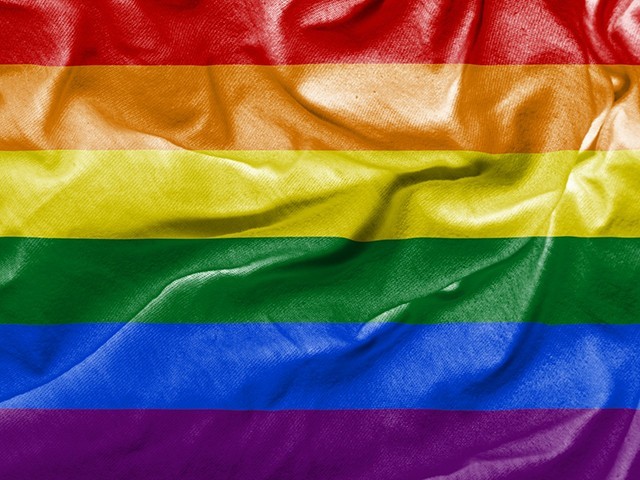It has certainly been a roller coaster ride for marriage equality over the past weeks.
The passage of the ACT’s Marriage Equality (Same Sex) Act 2013 was an historic moment – it was the first law in Australia to legalise same-sex marriage.
However, what should have been a moment of pure celebration was bitter sweet for many in our community.
The ACT Act was amended at the eleventh hour in response to expert legal advice but unfortunately these changes did not go far enough.
The ACT law still confusingly uses the term “marry” and “marriage”, treading all over the Commonwealth’s constitutional toes.
Lawyers are jumping up and down with frustration.
It will be a sad day ahead if couples have their life-long vows undone by a drafting error.
For others, the historic moment was tinged with disappointment for different reasons.
The move from a “Marriage Equality Bill” phrased in general terms to an Act concerned only with “same-sex marriage”, appeared to exclude transgender, intersex and gender diverse people and their relationships.
So we were left with legally imperfect marriage law that made transgender, intersex and gender diverse people feel like their relationships were being ‘thrown under a bus’.
In my view, timing had a big part to play in this lose-lose scenario.
The expert advice sought by Australian Marriage Equality on the Tasmanian Same-Sex Marriage Bill was only finalized very recently, literally a matter of days prior to the ACT Act’s intended passage through parliament.
Since that time, AME sought further advice, specifically on the ACT legislation and also the important question of including transgender, intersex and gender diverse people and their relationships.
Happily, it seems we can have our rainbow coloured cake and eat it too.
Our constitutional experts have suggested it would be constitutionally sound and theoretically possible to draft a State marriage law for all LGBTI couples.
To be clear, it wasn’t the inclusion of transgender, intesex and gender diverse relationships that made the ACT Marriage Equality Bill constitutionally flawed.
It was the approach to drafting, and the use of the words “marry” and “marriage” for example, in a way that failed to distinguish the institution created by the ACT law from the Federal Marriage Act.
Since receiving this latest round of legal advice, AME has sat down with transgender, intersex and gender diverse advocates, to start working on developing options and a potential solution.
These conversations are being facilitated and supported by the Human Rights Law Centre.
We’re not going to pretend this will be easy.
The legal issues in this area are complex and are still being explored.
A major difficulty is that our Births, Deaths and Marriages laws (a State matter) do not adequately recognize sex and gender diversity.
For example, how can the marriage of a person outside the gender binary be properly recognized if the law only recognises men or women?
And even if we reform our State laws, consideration needs to be given to the meaning of the terms ‘man’ and ‘woman’ in the federal marriage act.
The political and policy considerations are equally challenging.
If not same-sex marriage, then what? Rainbow marriage? LGBTI marriage? Non-hetero marriage?
As someone has said, it’s hard to see any of these terms on a T-shirt.
Another potential solution is to develop a third category of marriage in addition to same-sex marriage.
Despite the challenges, it’s incredibly important and welcome that this conversation is happening.
We have a remarkable brains trust of LGBTI leaders and thinkers involved and a strong commitment to work together. Imagination and perseverance will yet provide a solution.
Note: Anna Brown is a lawyer at the Human Rights Law Centre currently assisting Australian Marriage Equality and facilitating discussions between transgender, intersex and gender diverse advocates and AME to develop an inclusive approach to State based marriage.
Author: Anna Brown
Publication: Gay News Network
Date: 6 November 2013

